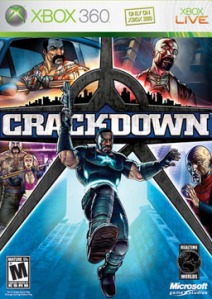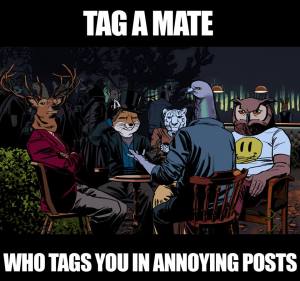Snapchat has exploded. A platform seemingly impossible to advertise on is becoming more and more saturated with celebrities or people with a lot of followers to endorse products. The days of going on the app to see what your friends are up to are dwindling, and it’s becoming more with seeing what Sedgy Fergo is up to tonight and whether or not she’s going to her FAVOURITE club, Blue Velvet in Newcastle.
The app is slowly turning into marketers utilising people with a decent following to endorse products or places, much like what’s happening with popular instagram accounts. As a result, these new celebrities are being born under the guise of still being “untainted” by the corporations. Dan Bilzerian and Jen Selter are the most popular instagram celebrities who post the products they used or recently purchased to their mass of followers. It is unknown whether or not organisations such as Nike are behind the accounts and pay them, but one things for sure – they reach millions of people daily.
This is what marketing is turning into digitally. The consumer is becoming fed up with advertising and advertisements and will find ways to block them, hence the popularity of AdBlocker. Companies are looking for other ways to engage their audience and are using an age old tactic of endorsement. It happened to sports such as soccer in the 70’s and 80’s and now it’s happening to people who have a large following on social media. People are getting paid to simply make give aways on their youtube channels, flaunt their new watch they were given on instagram or let people know where they’ll be a certain night to build hype for the venue.
Essentially, it’s traditional marketing with a digital twist. My question is: how does this affect your browsing of youtube or instagram? Do you really care about advertising if it’s non invasive in the form of giveaways or photos on instagram accounts?






